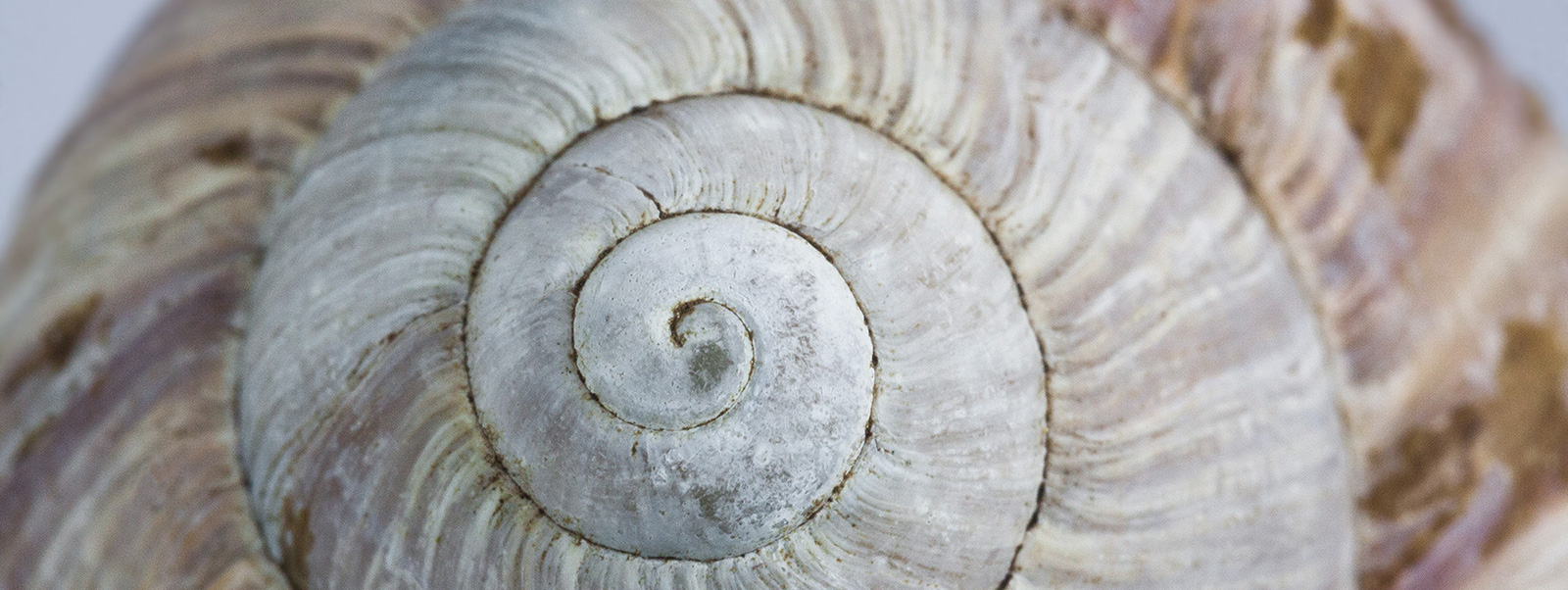Astrology 101, Part 3: Two more Angles
In Part 2 of the Astrology Primer, we introduced the horizon and its end-points in the horoscope – the ascendant and descendant. This time we meet the other two angles and the houses, again using Marilyn Monroe’s chart to illustrate. As mentioned previously, the angles are the four “cardinal” points of the horoscope, the celestial North, South, East and West. We’ve met East and West already, let’s look North and South.
The Meridian Line: dividing East from West
 The second major axis in the chart is the red line running from top to bottom. At the top of the chart is the Midheaven, sometimes called the MC (from the Latin for Midheaven, Medium Coeli). The other end of the line is called the IC (Imum Coeli, Bottom of the Sky) or sometimes the Nadir. This is the Meridian line, connecting the points directly overhead and directly beneath us. At midday, the Sun crosses the MC; at midnight, the Sun is on the IC.
The second major axis in the chart is the red line running from top to bottom. At the top of the chart is the Midheaven, sometimes called the MC (from the Latin for Midheaven, Medium Coeli). The other end of the line is called the IC (Imum Coeli, Bottom of the Sky) or sometimes the Nadir. This is the Meridian line, connecting the points directly overhead and directly beneath us. At midday, the Sun crosses the MC; at midnight, the Sun is on the IC.
The Midheaven is where we want to shine out to the world, representing our vocation in the broadest sense of the word, be it our job, our marriage or our visible status or role in life. While traditionally though of as indicating a goal in terms of career or working life, the meaning of the MC is not confined to this type of goal, and can indicate very personal or spiritual goals as well. In Marilyn’s chart, we see Taurus on the Midheaven, emphasising material things and security as a key to her vocation. It is likely that Marilyn identified with and aspired to the Taurean qualities of stability, calm and peace, however difficult it may have been for her to achieve them.
As the lowest point in the chart, the IC, represents our roots, where we come from, our home. This is the most hidden part of self, the part of the psyche seen by very few. For Marilyn, Scorpio sits on the IC, suggesting that she tended to keep her deepest passions and emotions even more well protected and hidden than most. Even her biographers would have struggled to access and understand this aspect of her personality.
Before closing this post, let’s take a quick look at the other divisions in the inner circle. These show the houses, numbered 1 to 12. Like the signs of the Zodiac, the houses are a way of dividing the sky up into twelve parts. Where the Zodiac divides the sky based on the yearly cycle of the Sun, starting at the spring equinox, the houses divide the sky based on the daily cycle, with the starting point defined as the ascendant and the houses numbered from 1 to 12 anticlockwise around the chart. Over the history of astrology, many methods of division have been devised, but in this series, we use the system known as Placidus, which is widely favoured by astrologers. The houses are another key tool in astrology, but that’s a topic for another day!
Next up: The First 6 Signs of the Zodiac



